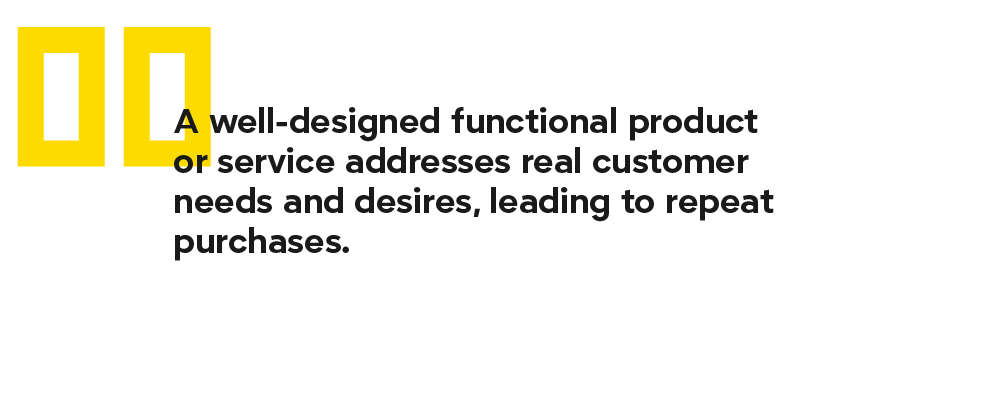1. Balancing Consistency and Fluidity
In an era saturated with trends, maintaining one’s identity is increasingly challenging. However, overlooking the market’s complexity and the environment’s dynamic evolution cannot be ignored. Finding a balance between consistency and fluidity in branding proves to be crucial. The need for adaptation drives brands to utilize a broader spectrum of brand assets, allowing them to engage their audience anytime, anywhere. For this reason, at GALTON Brands, we’ve embraced a holistic approach to branding over the years, shaping brand identities not only from visual but also from auditory and verbal perspectives.
2. Understanding the brand from the inside out
A brand exists solely in the minds of people. Its identity, behavior, and communication are shaped by the communities that comprise it—those who follow, purchase, judge, and even ignore it. A brand is built from the inside out, and anyone aiming to influence its external perception must first grasp its internal dynamics. Through a holistic view of the brand and experiences gained in projects centered on employer branding and internal communication, we comprehend the essence of “selling the brand within the company’s culture” and inspiring not only management but also employees.
3. Broad-segment knowledge
From financial institutions to successful e-commerce platforms, retail leaders, and FMCG superbrands. Through our journey over the last fifteen years, we’ve experienced successes and setbacks alongside many renowned brands. The diversity in size, approaches, goals, and segments has taught us to combine knowledge from various areas to tailor solutions for each brand. At GALTON Brands, we understand that creating out-of-the-box solutions, something original, and, more importantly, thinking “cross-segmentally” entails being experimental. With our unconventional approach, we can captivate consumers’ attention more efficiently and naturally guide them towards the desired action.
4. The Significance of the Product in Times of Consumer Choice
Even as far back as the 1960s, Edmund Jerome McCarthy introduced the theory of the five marketing Ps, later popularized by Philip Kotler. We can agree that while communication methods have evolved, the fundamental principles of marketing endure. Over the years, we’ve witnessed brands and agencies prioritizing communication style over product or service quality and accessibility. Thus, it’s important to remember that a well-designed functional product or service addresses real customer needs and desires, leading to repeat purchases. Communication should not focus on defending product values but rather on attracting customers and continuously reinforcing their associated memory structures.
5. The Importance of Cultural Framework
Even when two people perform the same action, the outcome will not be the same. What works in Spain may completely fall flat in German-speaking countries or the USA. Trust us, we’ve experienced this firsthand. Cultural references, specific environments, and their nuances should not be underestimated, even in today’s globalized world. Our activities in Spain and other European countries serve as daily reminders to acknowledge differences. Insights from our local team are vital for building relationships and fostering creativity, and understanding cultural frameworks is crucial not only to avoiding sensitive topics but also to complying with legislative norms. Local traditions, historical milestones, nostalgic moments, even humor, and compelling stories are potent communication tools. However, they are effective only when you fully understand the environmental factors that significantly shape your audience and their perspectives.
In an environment of constant change, brands have the opportunity to bring stability, trust, and meaningful experiences to people’s hectic lives. It’s up to companies to recognize that the brand is their most valuable asset, thereby strengthening customer loyalty, attracting elusive talent, and creating long-term growth strategies.










